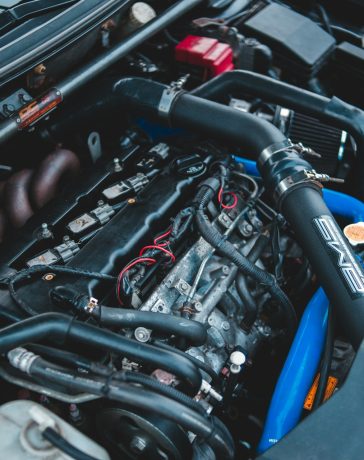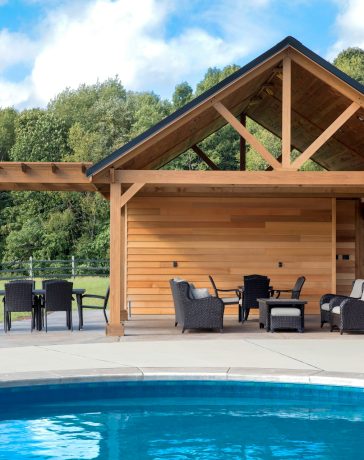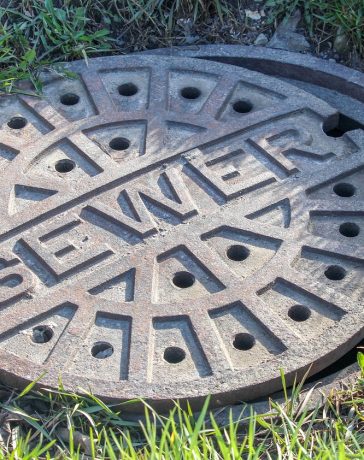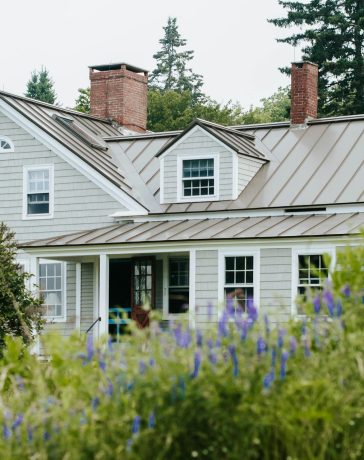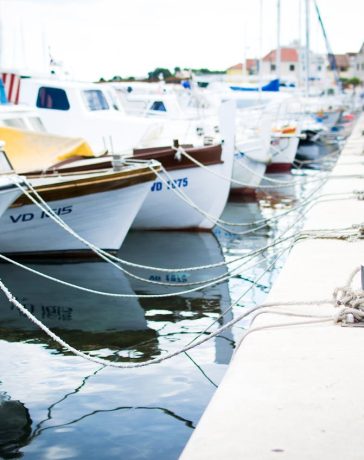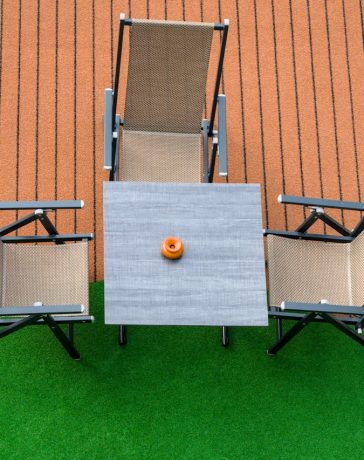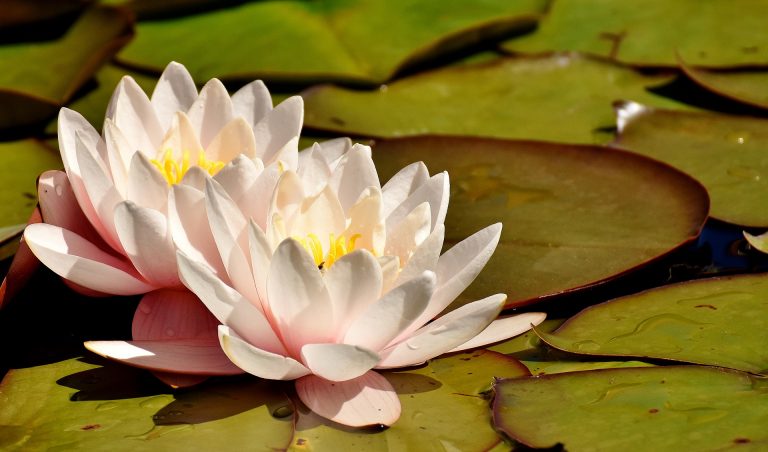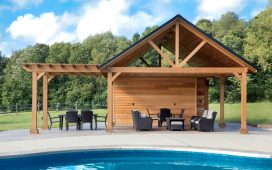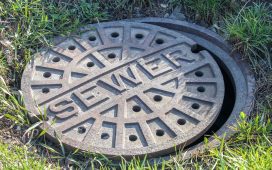Using pond plants adds colour, texture and natural beauty to your pond. However it is also a great way to add oxygen to your pond and combat algae and other water problems.
Benefits of pond plants:
- Colour and natural beauty
- Combat algae as they utilise the nutrients in the water
- Create shade and shelter for fish and other wildlife
- Natural filtration as plants absorb trace elements and more
Types of Pond Plant
Submerged
Submerged plants contribute to the oxygen levels within the pond, as they grow entirely under the water. As photosynthesis occurs the plants release oxygen, which is essential in a healthy pond. Try varieties of Water Lilies and Water Crowfoot, or grasses such as Soft Hornwort. They can be planted using plant baskets which anchors them to the pond floor.
Edging plants
Adding plants to the edge of the pond covers the line between pond and bank. This makes your pond look very natural and authentic. Irises and varieties of reeds and rushes look beautiful around the edge of a pond. They also provide shelter for wildlife, and shelter for fish. Some edging plants can be planted in the water and will grow and spread over the edge, others must be planted around the outer edge.
Floating plants
Free floating plants provide shelter for fish and also create shade. This is great for ponds in a sunny spot as it can cut down on the amount of algae. Types of Water Hyacinths and large leaved floating plants such as Frog Bit add colour and interest to the surface. They also create a great spot for frogs and newts to rest.
Use plant baskets to arrange and anchor your plants well within the pond. Use baskets intended for this purpose as they last much longer. They are available in various shapes to contour your design. Line with hessian fabric to hold the soil and plant in place.
Use special pond soil. It will not disintegrate like normal soil will and contains the right level of nutrients for the plants to flourish. The texture of the soil allows for water to circulate freely around the roots.
Choosing pond plants
When buying your plants, opt for a good garden centre or retailer. Make sure that plants are kept in good, clean conditions and look out for brown or yellowing leaves, which indicates disease or dying plants.
Look for holes or splits in the leaves or stems too, as this is indicative of ill health. Not only will such plants probably not last, they could spread disease to the rest of your plants.
Ensure that the plants you choose are aquatic. Check the information and take your own notes or guide book to make sure you pick the right plants before you buy.
Pond Care
Ponds need regular maintenance to keep them in good working order. Remove leaves and debris from the surface of the pond and prune as needed. This stops it from becoming toxic sludge on the pond floor.
Use a good pond filter to strain out dirt and waste. Using filter media, the filter unit will remove the smallest particles plus eradicate high levels of the nutrients that can cause problems such as nitrite and phosphates. Swell UK carry a wide range of pond filters from all leading brands, plus a whole host of pond plants and accessories to complete your pond.











